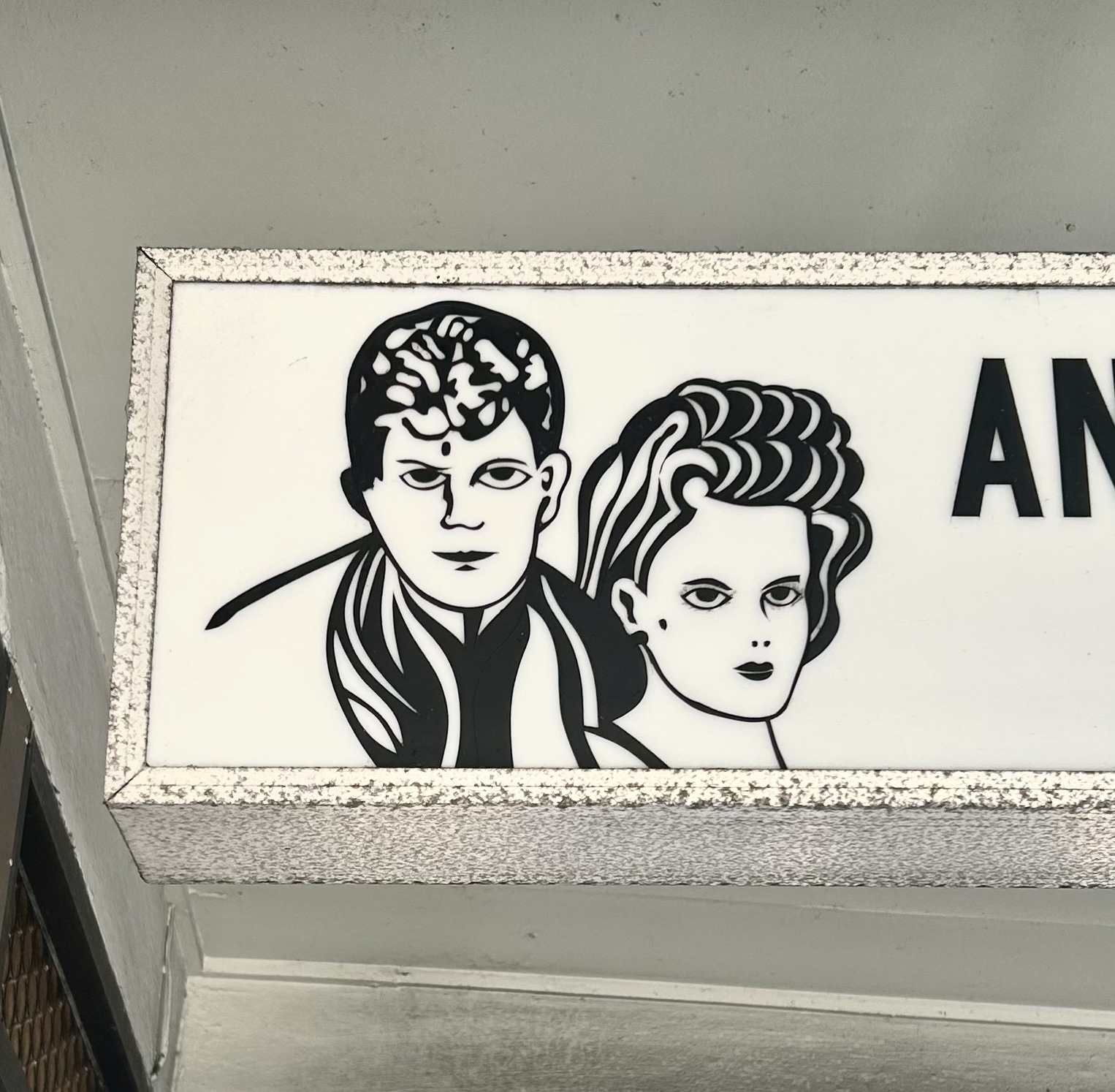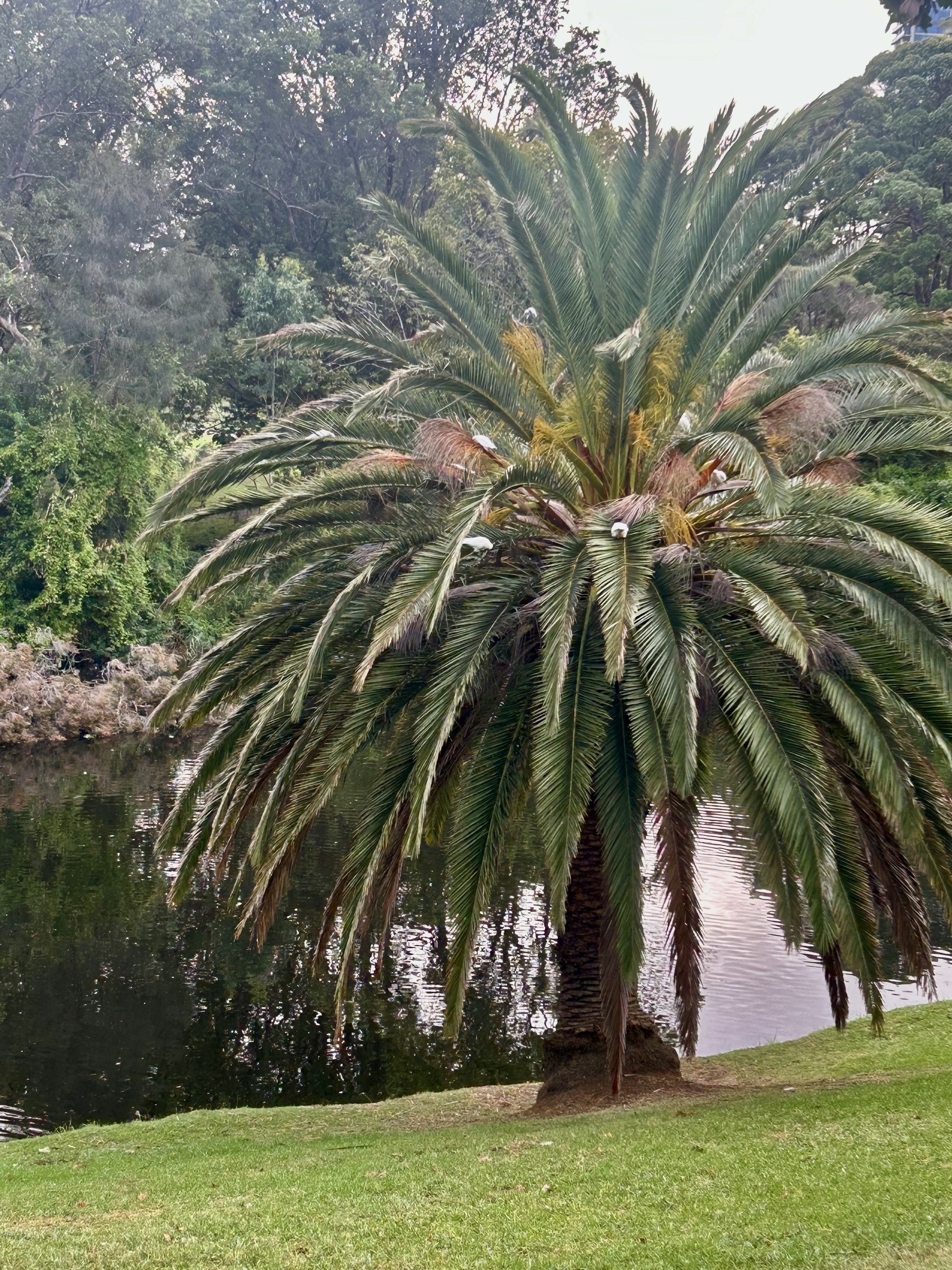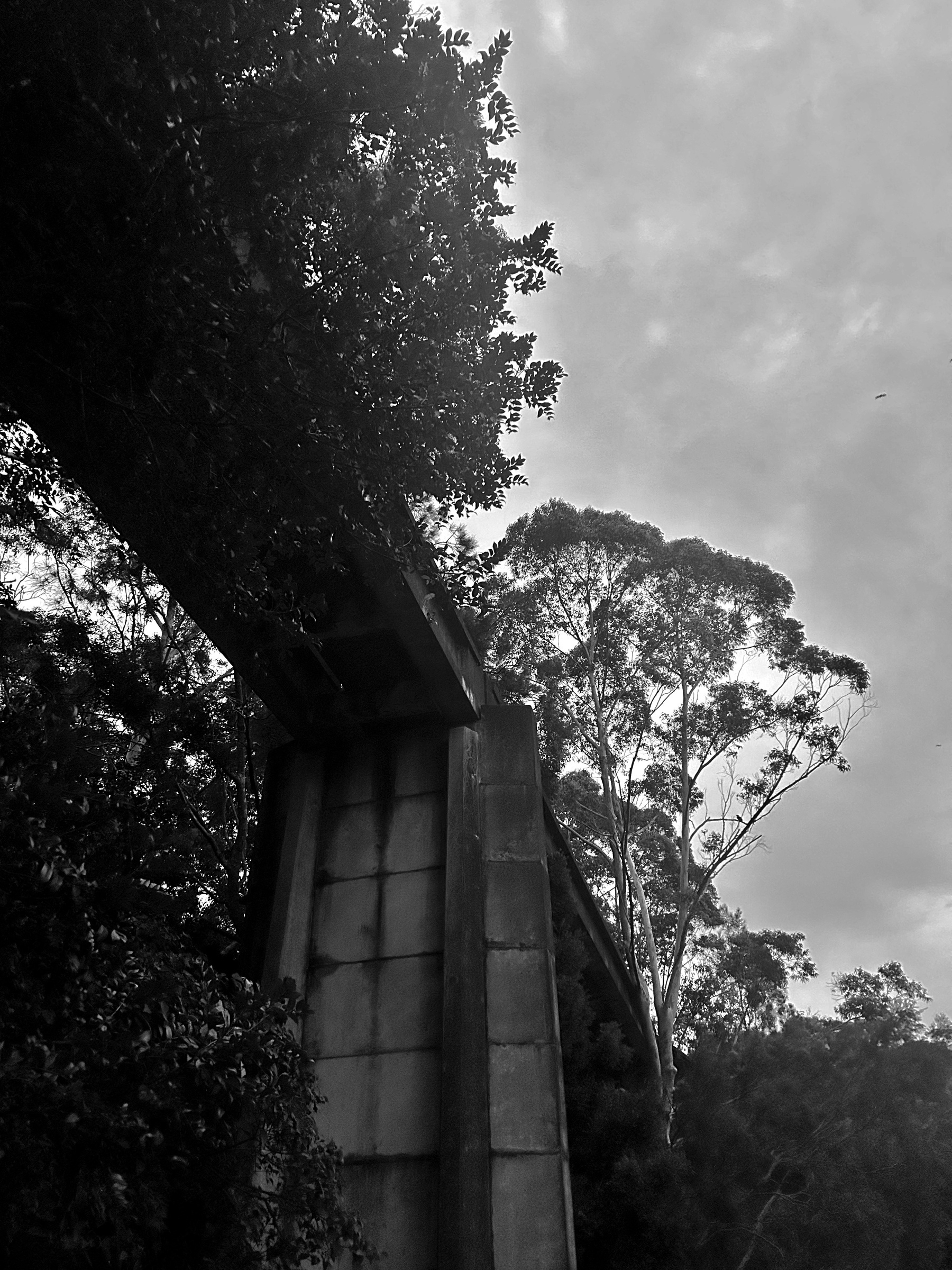Trump administration demands Columbia University:
- put an outside Chair in charge of Eastern, South Asian, and African Studies
- adopt a new definition of antisemitism
- reform admissions
- ban masks
- overhaul student discipline
- comply immediately or risk funding.
U.S. researchers consider
This is a generous gesture but PACA is the heartland of the French far right, and the academy is a perpetual whipping boy for politicians. Anyone who moved would face another set of difficulties.
General practice use of A.I. scribes is already much more widespread than people realise
Legal expert warns patients' medical data at risk as GPs adopt AI scribes - ABC
Excellent points in this article. I’ve directly observed some cavalier attitudes about the use of A.I. scribes, and consent processes aren’t what they’re cracked up to be. I’ve also seen this issue dismissed as “table stakes” in a pollyannaish rush towards imaginary uses for patient recall and enhanced practice profitability.
Health data is amongst the most sensitive data there is. Data governance and data security are major issues with these apps. We shouldn’t be forced into using scribes based on the decisions of practice owners or individual GPs.
Bit of an experiment tonight. I tired to imagine what Moroccan influenced pasta might look like. I think it worked pretty well - there’s the core of a good dish here.
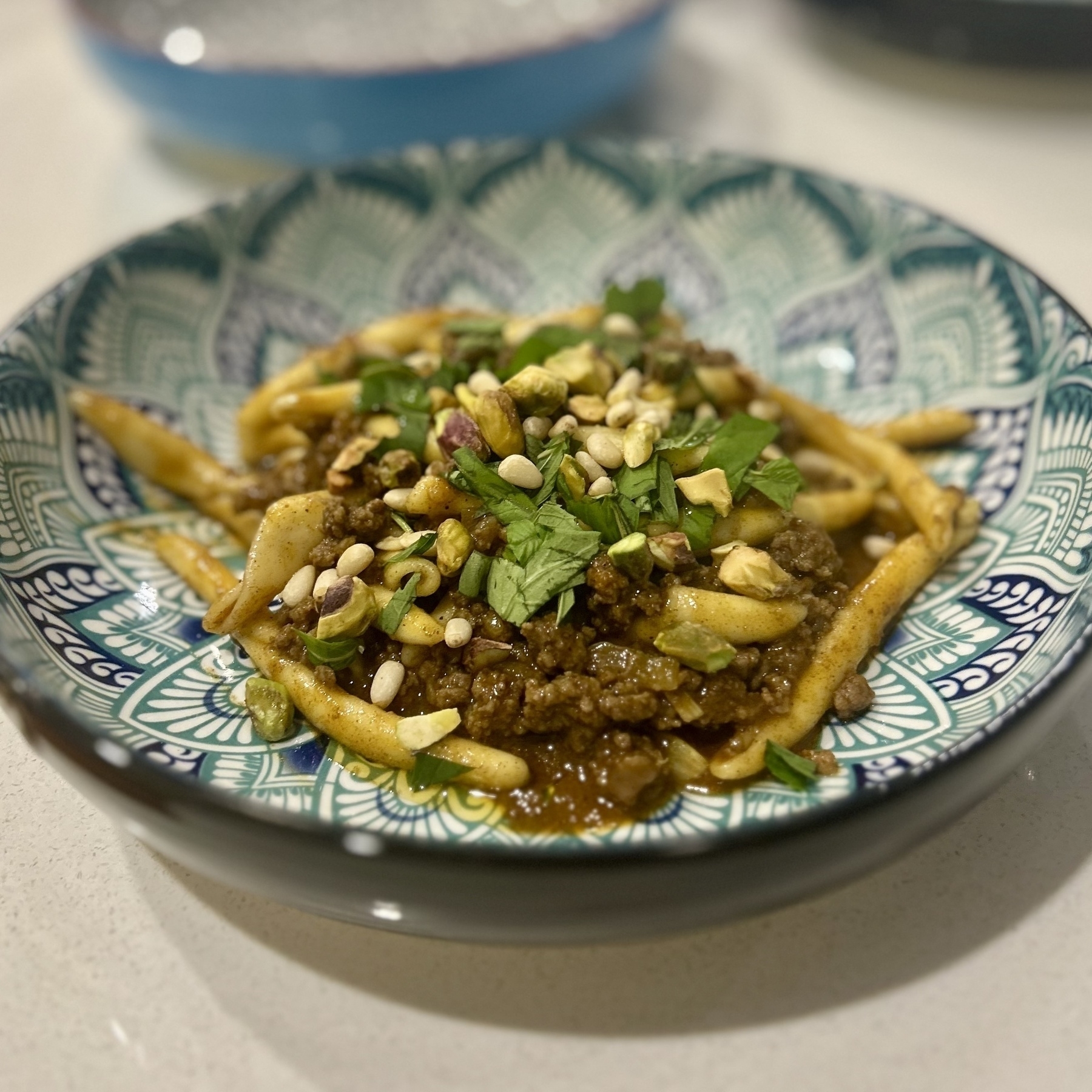
Is a calculator a learning tool?
I’m not being rhetorical. The AI-and-calculator metaphor is everywhere in educational assessment discussions at the moment but I’m not convinced it’s a relevant or helpful one.
A better metaphor is probably plastics. A transformative technology that disrupts whole sectors and enables new ones, while also creating problems we don’t envisage or fully appreciate and the impacts of which will be around for centuries.
I don’t know if I like intermissions. A break is often welcome, but I’d rather it was on my terms (and timing).
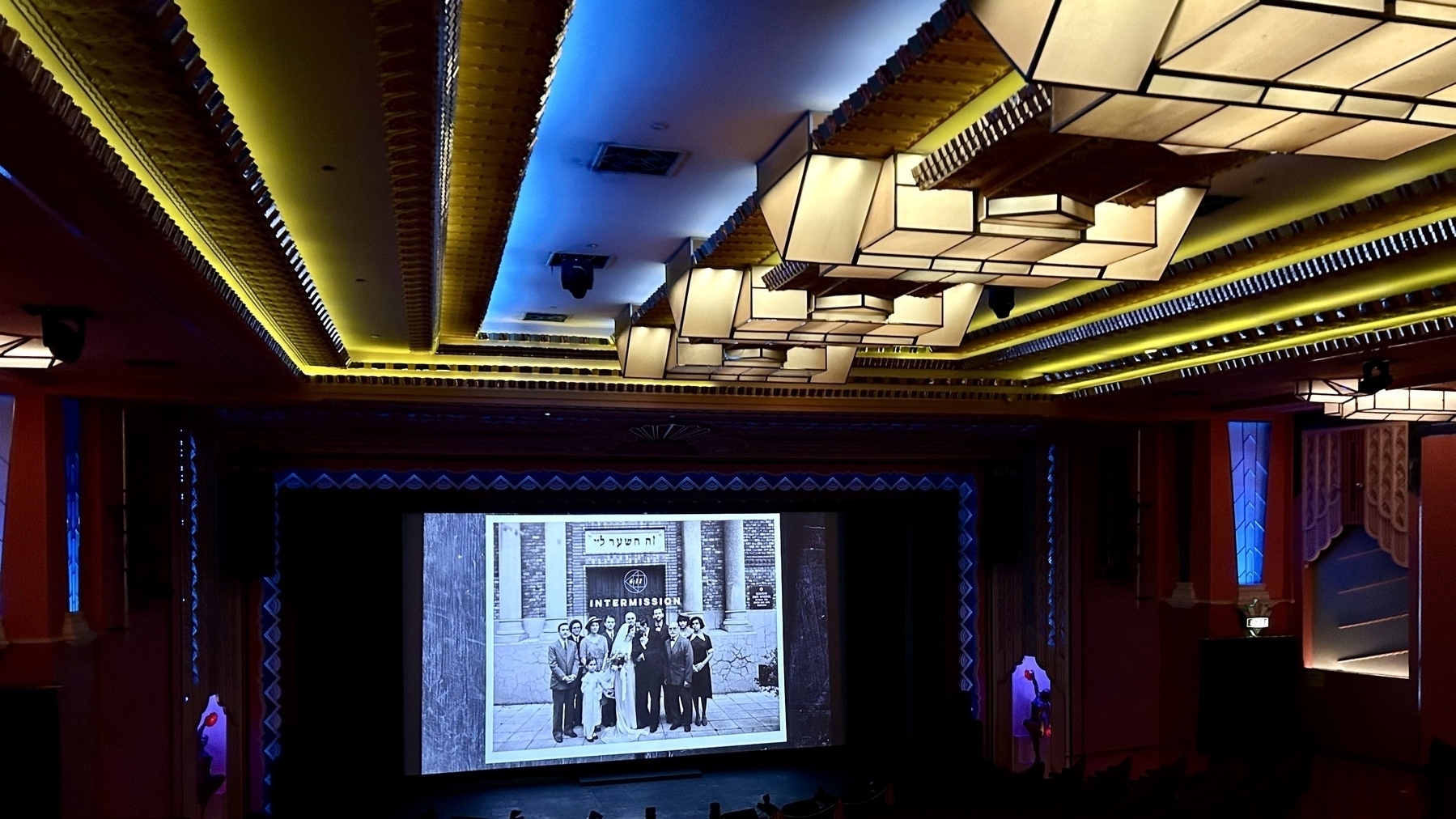
“The result of Rehberger’s attack is the permanent planting of long-term memories that will be present in all future sessions, opening the potential for the chatbot to act on false information or instructions in perpetuity.” - Ars Technica
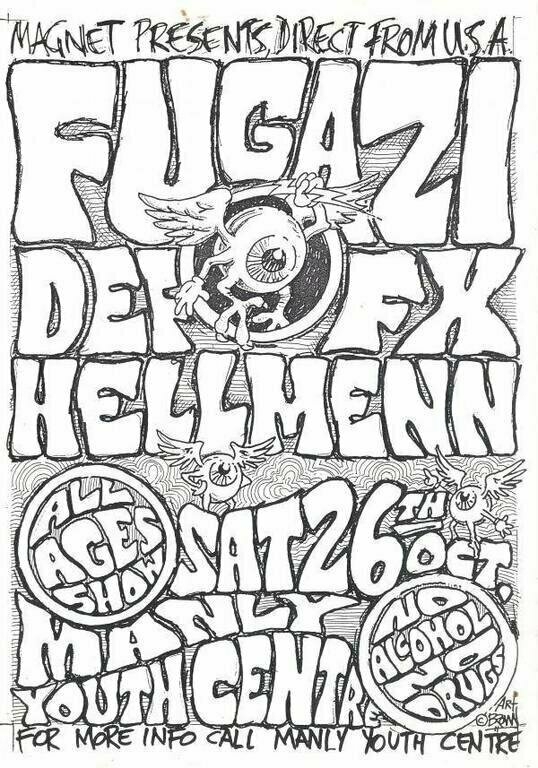
A wonderful, detailed article about Fugazi’s music and legacy. They were the first band I every saw live (someone dug up the poster but sadly not the recording) and they remain unparalelled. I’m looking forward to seeing the new We Are Fugazi from Washington D.C. doco.
😳😳😳 Bonkers
The Labs also lead a comprehensive program in nuclear security, focused on reducing the risk of nuclear war and securing nuclear materials and weapons worldwide. This use case is highly consequential, and we believe it is critical for OpenAI to support it as part of our commitment to national security. Our partnership will support this work, with careful and selective review of use cases and consultations on AI safety from OpenAI researchers with security clearances. Open A.I. - Strengthening America’s AI leadership with the U.S. National Laboratories
Take care of yourself, stay cool, and don’t be a numbnut. Check out HeatWatch for evidence-based ways to cool down.
<img src=“https://cdn.uploads.micro.blog/663/2025/screenshot-2025-01-28-at-3.38.55pm.png" width=“595” height=“600” alt=“Screenshot of HeatWatch web page, showing my risk of heat health risk is currently extreme. It suggests “drink water, wear light clothing, rest in the shade, wet your skin, ice in wet towel”.">
Menthol cigarette ban overturned by new U.S. Administration
For those who are wondering where menthol bans are coming from, they’ve been recommended by WHO in line with the Frakework Convention on Tobacco Control. I was hoping governments might tackle ma’assel as well - unlikely now.
